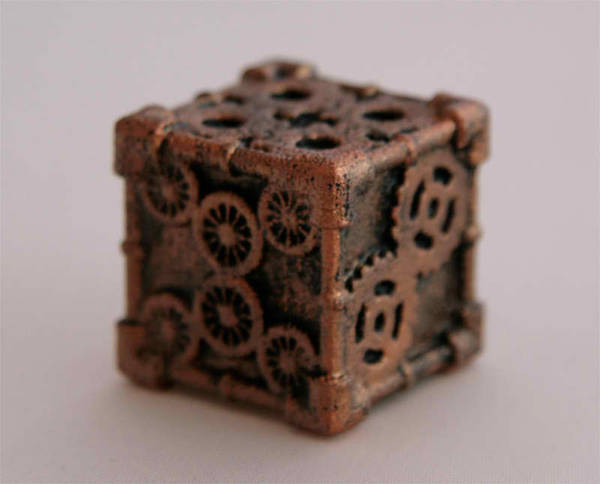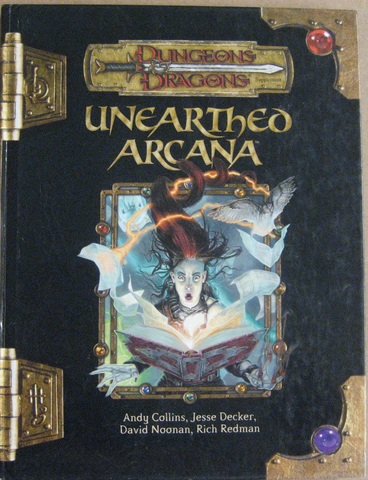Here are my answers for Brendan's quiz. At the moment I'm having a hard time distinguishing between what I want from my Swords & Wizardry game and what I want from my (still to come) homebrew experimental game. But these are the standard rules that I use for S&W, barring sudden flashes of DM insight.
Ability scores generation method? 4d6, arrange to taste.
What about raising the dead? An expensive cash service at major temples or a powerful (and hard-to-find) magic item.
How are replacement PCs handled? Meh. Not much of a concern. When you lose a character, draw up a new one a find an appropriate moment to stumble in. I tend to like a West Marches-style approach, so there is always a possibility to meet new PCs in town.
Initiative: individual, group, or something else? Individual d6 + Dex.
Are there critical hits and fumbles? How do they work? Natural 20s do full damage. Critical fails open to my discretion of terrible.
Do I get any benefits for wearing a helmet? I have considered giving a +1 to AC, but thus far haven’t really tried it.
Can I hurt my friends if I fire into melee or do something similarly silly? Only on a critical fail.
Will we need to run from some encounters, or will we be able to kill everything? Ha Ha No. Running away is always an acceptable strategy.
Level-draining monsters: yes or no? Yes at higher levels, but rare.
Are there going to be cases where a failed save results in PC death? Not immediately. I don’t much care for the ‘save-or-die’ dynamic.
How strictly are encumbrance & resources tracked? Roughly. I do call encumbrance on people, but I don’t keep track of it in detail.
What's required when my PC gains a level? Training? Do I get new spells automatically? Can it happen in the middle of an adventure, or do I have to wait for down time? One at a time! I let PCs level up as they acquire experience. As for M-U and Cleric PCs, I let players make a random roll on the White Box spell lists to determine new spells every level (2 per level). Otherwise, spell scrolls and expensive magical research.
What do I get experience for? Monsters, treasure, and DM fiat based on player cleverness. In a wilderness adventure game, discovery also grants XP (a hidden temple, a major landmark, etc.).
How are traps located? Description, dice rolling, or some combination? I suck at traps. Description is my preferred method for discovery however.
Are retainers encouraged and how does morale work? Retainers are always available. Morale checks are based around contested CHA rolls when attempting to force retainers to act against their better instincts.
How do I identify magic items? Description and player intuition. Potions must be tasted, or the player must have some knowledge of alchemy (via Token Proficiencies).
Can I buy magic items? Oh, come on: how about just potions? Potions are available, but in general magic items are pretty hard to come by.
Can I create magic items? When and how? Upper levels. Not there yet in any of my games. I admire the ACKS method, though.
What about splitting the party? Always use the Battle Buddy System (BBS). Never go anywhere on your own. Stupidity and death are the inevitable result. If you must split up, always at least in twos. Never leave your battle buddy!












